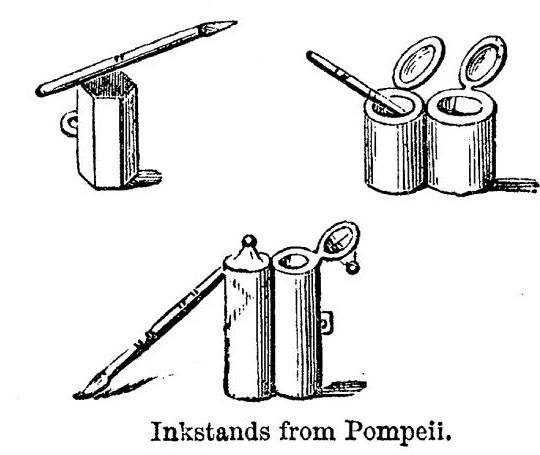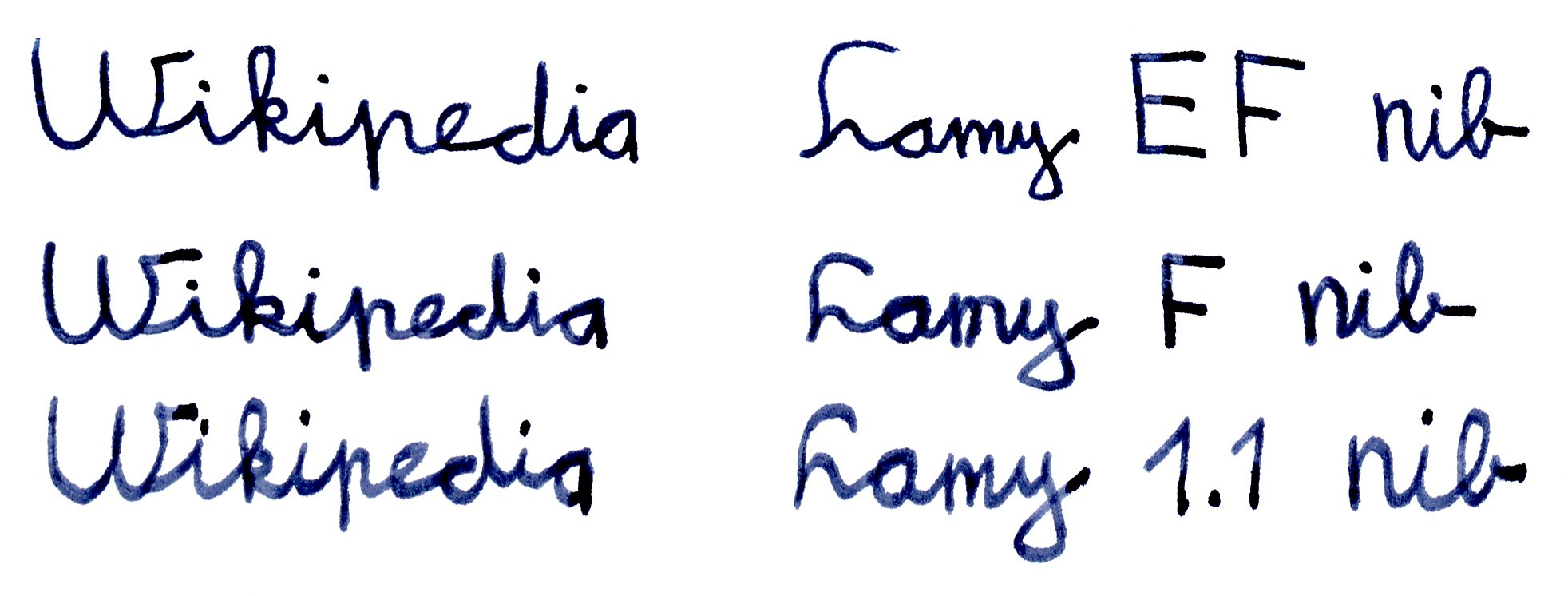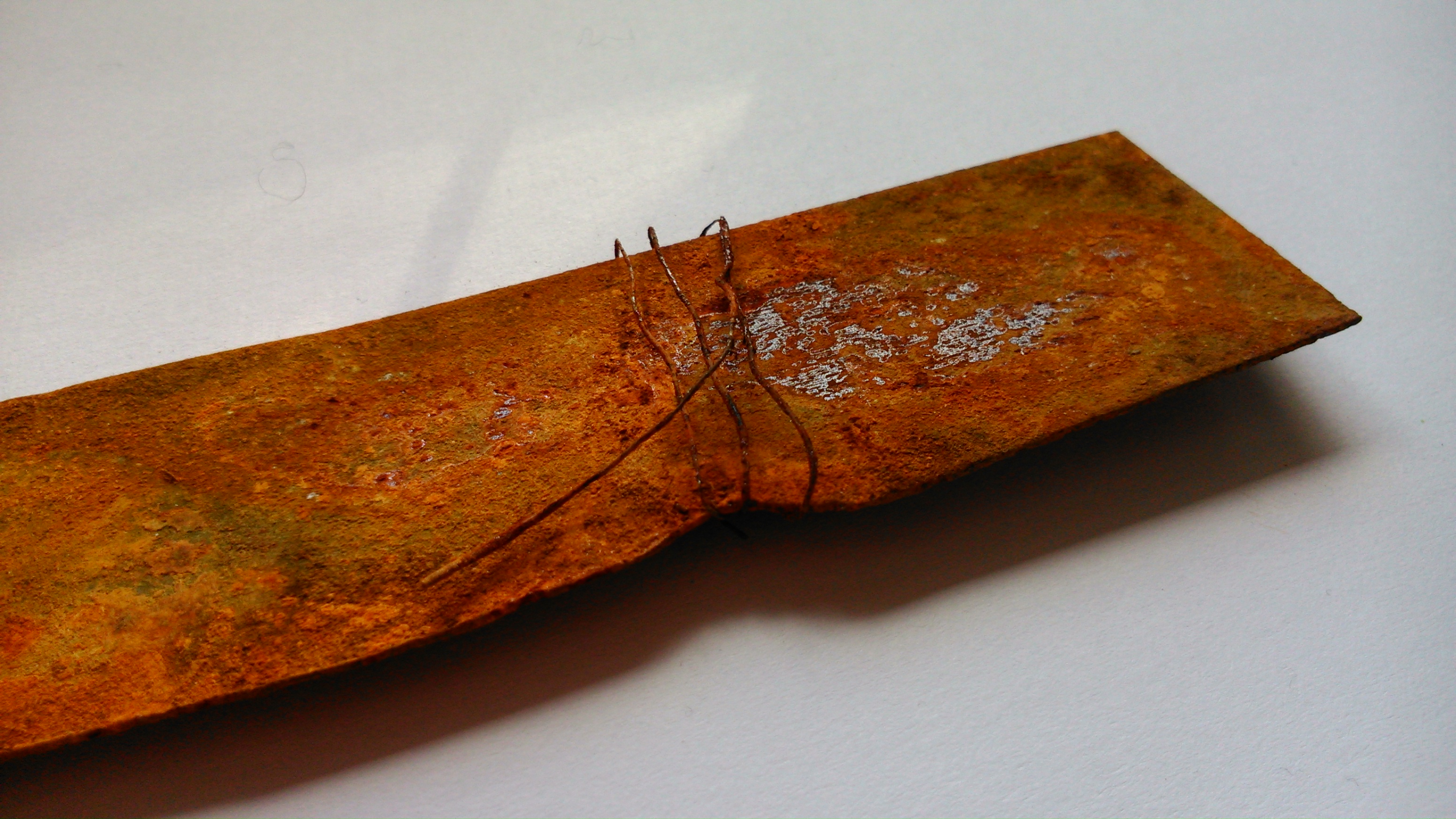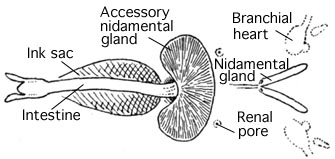|
Atramentum
Atramentum or atrament, generally means a very black, usually liquid, substance. For example, an octopus may emit a puff of atrament (see cephalopod ink). In ancient Rome, the term ''atramentum'' signified any black colouring substance used for any purpose. The Romans distinguished three principal kinds of atramentum, one called ''librarium'' (or ''scriptorium''), another called ''sutorium'', the third ''tectorium''. Atramentum librarium was the writing ink of Roman times, atramentum sutorium was used by shoemakers for dyeing leather, and atramentum tectorium (or pidorium) was used by painters for some purposes, apparently as a sort of varnish. ''Atramentous'' is a related adjective which means "black as ink". Historically, ''to atrament something'' would mean to write something down with ink. The word ''atrament'' is related to modern English ''atrocious'': both originate from Latin ''atrare'', which presumably meant to make something black. According to the ''Pigment Compendi ... [...More Info...] [...Related Items...] OR: [Wikipedia] [Google] [Baidu] |
Iron Gall Ink
Iron gall ink (also known as common ink, standard ink, oak gall ink or iron gall nut ink) is a purple-black or brown-black ink made from iron salts and tannic acids from vegetable sources. It was the standard ink formulation used in Europe for the 1400-year period between the 5th and 19th centuries, remained in widespread use well into the 20th century, and is still sold today. Preparation and use The ink was traditionally prepared by adding some iron(II) sulfate (iron, FeSulfate, SO4) to a solution of tannic acid, but any iron ion donor can be used. The Tannic acid#Quercitannic and gallotannic acids, gallotannic acid was usually extracted from Oak apple, oak galls or galls of other trees, hence the name. Fermentation (biochemistry), Fermentation or hydrolysis of the extract releases glucose and gallic acid, which yields a darker purple-black ink, due to the formation of iron gallate. The fermented extract was combined with the iron(II) sulfate. After filtering, the resulting p ... [...More Info...] [...Related Items...] OR: [Wikipedia] [Google] [Baidu] |
Iron Oxide
An iron oxide is a chemical compound composed of iron and oxygen. Several iron oxides are recognized. Often they are non-stoichiometric. Ferric oxyhydroxides are a related class of compounds, perhaps the best known of which is rust. Iron oxides and oxyhydroxides are widespread in nature and play an important role in many geological and biological processes. They are used as iron ores, pigments, catalysts, and in thermite, and occur in hemoglobin. Iron oxides are inexpensive and durable pigments in paints, coatings and colored concretes. Colors commonly available are in the " earthy" end of the yellow/orange/red/brown/black range. When used as a food coloring, it has E number E172. Stoichiometries Iron oxides feature as ferrous ( Fe(II)) or ferric ( Fe(III)) or both. They adopt octahedral or tetrahedral coordination geometry. Only a few oxides are significant at the earth's surface, particularly wüstite, magnetite, and hematite. * Oxides of FeII ** FeO: ir ... [...More Info...] [...Related Items...] OR: [Wikipedia] [Google] [Baidu] |
Coprinopsis Atramentaria
''Coprinopsis atramentaria'', commonly known as the common ink cap, tippler's bane, or inky cap, is a species of fungus. Previously known as ''Coprinus atramentarius'', it is the second best-known ink cap and previous member of the genus '' Coprinus'' after '' C. comatus''. The grey-brown cap is initially bell-shaped before opening, after which it flattens and disintegrates. The flesh is thin and the taste mild. It is a widespread and common throughout the Northern Hemisphere. Clumps of mushrooms arise after rain from spring to autumn, commonly in urban and disturbed habitats such as vacant lots and lawns, as well as grassy areas. It can be eaten, but due to the presence of coprine within the mushroom, it is poisonous when consumed with alcohol, as it heightens the body's sensitivity to ethanol in a similar manner to the anti-alcoholism drug disulfiram. Taxonomy The common ink cap was first described by French naturalist Pierre Bulliard in 1786 as ''Agaricus at ... [...More Info...] [...Related Items...] OR: [Wikipedia] [Google] [Baidu] |
Shulhan Arukh
The ''Shulhan Arukh'' ( ),, often called "the Code of Jewish Law", is the most widely consulted of the various legal codes in Rabbinic Judaism. It was authored in the city of Safed in what is now Israel by Joseph Karo in 1563 and published in Venice two years later. Together with its commentaries, it is the most widely accepted compilation of halakha or Jewish law ever written. The halachic rulings in the ''Shulhan Arukh'' generally follow Sephardic law and customs, whereas Ashkenazi Jews generally follow the halachic rulings of Moses Isserles, whose glosses to the ''Shulhan Aruch'' note where the Sephardic and Ashkenazi customs differ. These glosses are widely referred to as the ''mappā'' "tablecloth" to the "Set Table". Almost all published editions of the ''Shulchan Aruch'' include this gloss, and the term has come to denote both Karo's work as well as Isserles', with Karo usually referred to as "the ''Meḥabbēr''" (, "Author") and Isserles as "the Rema" (a Hebrew acron ... [...More Info...] [...Related Items...] OR: [Wikipedia] [Google] [Baidu] |
Torah Scroll
A Sephardic Torah scroll rolled to the first paragraph of the Shema An Ashkenazi Torah scroll rolled to the Decalogue file:Keneseth Eliyahoo Synagogue, Interior, Tora Cases.jpg">Torah cases at Knesset Eliyahoo Synagogue, Mumbai, India A Torah scroll (, , lit. "Book of Torah"; plural: ) is a manuscript">handwritten copy of the Torah, meaning the five books of Moses">Torah.html" ;"title="manuscript">handwritten copy of the Torah">manuscript">handwritten copy of the Torah, meaning the five books of Moses (the first books of the Hebrew Bible). The Torah scroll is mainly used in the ritual of Torah reading during Jewish prayers. At other times, it is stored in the holiest spot within a synagogue, the Torah ark, which is usually an ornate curtained-off cabinet or section of the synagogue built along the wall that most closely faces Jerusalem, the direction Jews face when praying. The text of the Torah is also commonly printed and bound in book form for non-ritual fu ... [...More Info...] [...Related Items...] OR: [Wikipedia] [Google] [Baidu] |
Chalcanthum
In alchemy, chalcanthum, also called chalcanth or calcanthum, was a term used for the compound blue vitriol (CuSO4), and the ink made from it. The term was also applied to red vitriol (a native sulfate of cobalt), and to green vitriol (ferrous sulfate). Some maintained calcanthum to be the same thing as colcothar, while others believed it was simply vitriol (sulfuric acid Sulfuric acid (American spelling and the preferred IUPAC name) or sulphuric acid (English in the Commonwealth of Nations, Commonwealth spelling), known in antiquity as oil of vitriol, is a mineral acid composed of the elements sulfur, oxygen, ...). References # #''Webster's Revised Unabridged Dictionary'' (1913) Alchemical substances Sulfates {{chem-hist-stub ... [...More Info...] [...Related Items...] OR: [Wikipedia] [Google] [Baidu] |
Iron(II) Sulfate
Iron(II) sulfate or ferrous sulfate (British English: sulphate instead of sulfate) denotes a range of salts with the formula Fe SO4·''x''H2O. These compounds exist most commonly as the heptahydrate (''x'' = 7), but several values for x are known. The hydrated form is used medically to treat or prevent iron deficiency, and also for industrial applications. Known since ancient times as copperas and as green vitriol ( vitriol is an archaic name for hydrated sulfate minerals), the blue-green heptahydrate ( hydrate with 7 molecules of water) is the most common form of this material. All the iron(II) sulfates dissolve in water to give the same aquo complex e(H2O)6sup>2+, which has octahedral molecular geometry and is paramagnetic. The name copperas dates from times when the copper(II) sulfate was known as blue copperas, and perhaps in analogy, iron(II) and zinc sulfate were known respectively as green and white copperas. It is on the World Health Organization's List o ... [...More Info...] [...Related Items...] OR: [Wikipedia] [Google] [Baidu] |
Sofer (scribe)
A sofer, sopher, sofer SeTaM, or sofer ST"M (, "scribe"; plural , ) is a Jewish scribe who can transcribe Sifrei Kodesh (holy scrolls), tefillin (phylacteries), mezuzot (ST"M, , is an abbreviation of these three terms) and other religious writings. Description Soferim are men who are trained and permitted to transcribe Jewish texts according to the laws of Judaism: * Sefer torah, a complete copy of Torah read by Jewish men during prayer. * Tefillin, scrolls of Torah verses worn by Jewish adults during prayer. * Mezuzot, scrolls of Torah verses placed on the doors of Jewish households. collectively known as ST"M. By simple definition, soferim are copyists, but their religious role in Judaism is much more. Besides sifrei Torah, tefillin, and mezuzot, scribes are necessary to write the Five Megillot (scrolls of the Song of Songs, Book of Ruth, Book of Esther, Ecclesiastes, and Book of Lamentations), Nevi'im (the books of the prophets, used for reading the haftarah), and f ... [...More Info...] [...Related Items...] OR: [Wikipedia] [Google] [Baidu] |
Linseed Oil
Linseed oil, also known as flaxseed oil or flax oil (in its edible form), is a colorless to yellowish oil obtained from the dried, ripened seeds of the flax plant (''Linum usitatissimum''). The oil is obtained by pressing, sometimes followed by solvent extraction. Owing to its polymer-forming properties, linseed oil is often blended with combinations of other oils, resins or solvents as an impregnator, drying oil finish or varnish in wood finishing, as a pigment binder in oil paints, as a plasticizer and hardener in putty, and in the manufacture of linoleum. Linseed oil use has declined over the past several decades with increased availability of synthetic alkyd resins—which function similarly but resist yellowing. Structure and composition : 450px, Representative triglyceride found in a linseed oil, a triester ( , and Linseed oil is a triglyceride, like other fats. Linseed oil is distinctive for its unusually large amount of α-linolenic acid, which oxidises in ... [...More Info...] [...Related Items...] OR: [Wikipedia] [Google] [Baidu] |
Pigment
A pigment is a powder used to add or alter color or change visual appearance. Pigments are completely or nearly solubility, insoluble and reactivity (chemistry), chemically unreactive in water or another medium; in contrast, dyes are colored substances which are soluble or go into solution at some stage in their use. Dyes are often organic compounds whereas pigments are often inorganic compound, inorganic. Pigments of prehistoric and historic value include ochre, charcoal, and lapis lazuli. Economic impact In 2006, around 7.4 million tons of inorganic chemistry, inorganic, organic chemistry, organic, and special pigments were marketed worldwide. According to an April 2018 report by ''Bloomberg Businessweek'', the estimated value of the pigment industry globally is $30 billion. The value of titanium dioxide – used to enhance the white brightness of many products – was placed at $13.2 billion per year, while the color Ferrari red is valued at $300 million each yea ... [...More Info...] [...Related Items...] OR: [Wikipedia] [Google] [Baidu] |
Cephalopod Ink
Cephalopod ink is a dark-coloured or luminous ink released into water by most species of cephalopod, usually as an escape mechanism. All cephalopods, with the exception of the Nautilidae and the Cirrina (deep-sea octopuses), are able to release ink to confuse Predator, predators. The ink is released from the ink sacs (located between the gills) and is dispersed more widely when its release is accompanied by a jet of water from the Siphon (molluscs)#The hyponome of cephalopods, siphon. Its dark colour is caused by its main constituent, melanin. Each species of cephalopod produces slightly differently coloured inks; generally, octopuses produce black ink, squid ink is blue-black, and cuttlefish ink is sepia (color), a shade of brown. A number of other aquatic molluscs have similar responses to attack, including the gastropod clade known as sea hares. Properties and chemistry Cephalopod ink contains a number of chemicals in a variety of different concentrations, depending on th ... [...More Info...] [...Related Items...] OR: [Wikipedia] [Google] [Baidu] |







